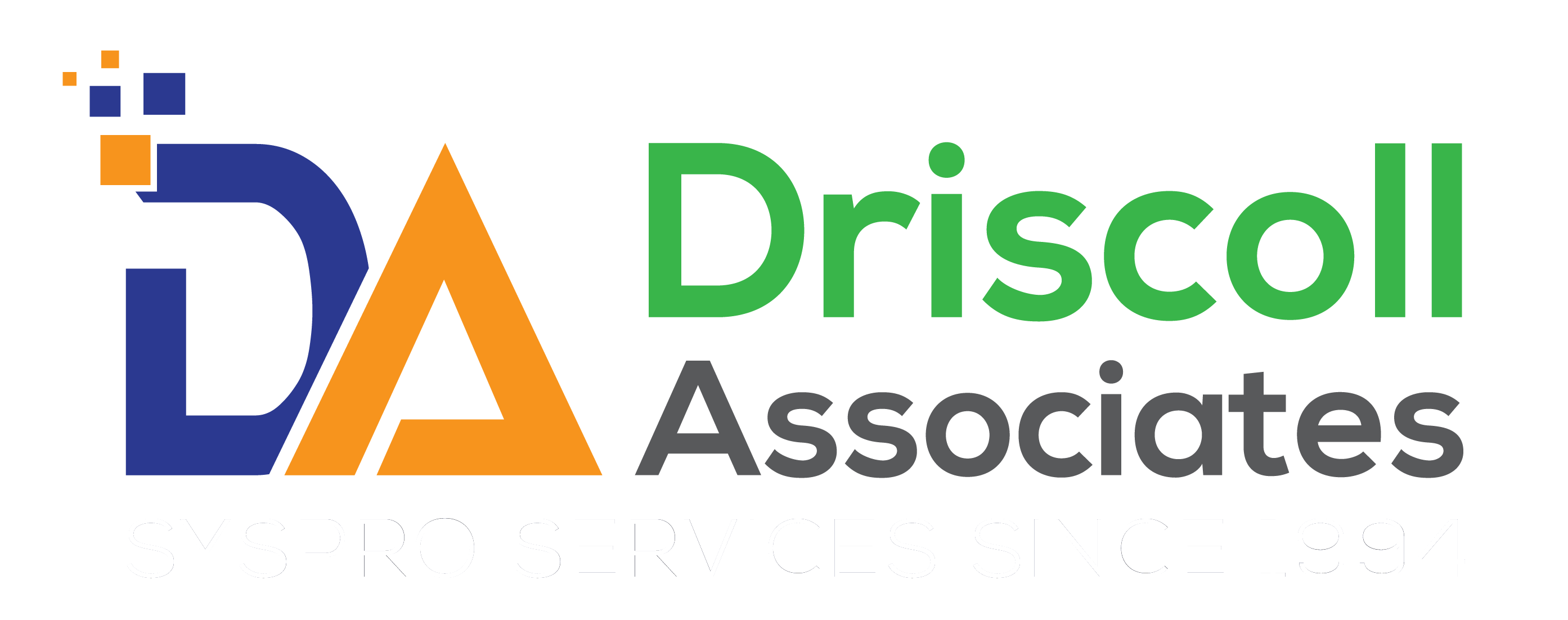Material Requirements Planning (MRP) is a production planning, scheduling, and inventory control system used to manage manufacturing processes. It is a system that helps businesses ensure they have the right materials, in the right quantities, at the right time. But beyond just ensuring smooth production, MRP can be a significant driver for cost savings. Here’s how:
5 Suggestions for Leveraging MRP for Cost Savings

- September 15, 2023
- admin
- Blog
- No Comments
1. Reduction in Inventory Costs:

Optimized Stock Levels: MRP systems help businesses maintain optimal stock levels. By analyzing sales forecasts and production schedules, MRP ensures that only the necessary amount of inventory is kept on hand. This reduces the costs associated with holding excess inventory, such as storage costs, insurance, and potential obsolescence.
Reduced Stockouts: Running out of a critical component can halt production, leading to rush orders, expedited shipping costs, and potential penalties for late deliveries. MRP systems provide timely alerts when stock levels are low, ensuring that materials are reordered before a stockout occurs.
2. Enhanced Production Efficiency:
Streamlined Scheduling: MRP systems provide detailed production schedules based on actual demand. This means that resources, whether they be machines or labor, are utilized efficiently. By reducing idle times and ensuring that production lines run smoothly, businesses can save on operational costs.
Reduced Wastage: With accurate planning, the waste of materials can be minimized. This not only saves costs but also promotes sustainable and environmentally-friendly manufacturing practices.
3. Improved Supplier Negotiations:
Bulk Purchasing: With a clear view of material requirements over time, businesses can negotiate bulk purchasing deals with suppliers, leading to volume discounts.
Better Relationship Management: By having a predictable order pattern and clear communication with suppliers, businesses can foster better relationships, leading to potential cost savings in terms of favorable payment terms or discounts.

4. Reduced Lead Times:
Faster Time-to-Market: With efficient production planning, businesses can reduce the time it takes to bring a product to market. This not only saves on holding costs but also provides a competitive advantage in fast-paced markets.
Predictable Delivery Schedules: With accurate production schedules, businesses can provide more reliable delivery estimates to customers. This can lead to increased customer satisfaction and potentially reduce costs associated with penalties or compensations for late deliveries.
5. Enhanced Decision Making:

Real-time Data: MRP systems provide real-time data on inventory levels, production status, and sales forecasts. This data can be invaluable for decision-makers, allowing them to make informed choices that can lead to cost savings.
Scenario Analysis: Modern MRP systems allow businesses to run ‘what-if’ scenarios. This can help in assessing the cost implications of various decisions, such as changing a supplier, altering a production process, or launching a new product.
MRP is not just a tool for production planning; it’s a strategic asset that can drive significant cost savings. By optimizing inventory levels, enhancing production efficiency, improving supplier negotiations, reducing lead times, and providing data-driven insights, MRP systems can have a tangible impact on a company’s bottom line. As businesses continue to operate in increasingly competitive and dynamic environments, leveraging tools like MRP can be the key to maintaining profitability and achieving sustainable growth.
